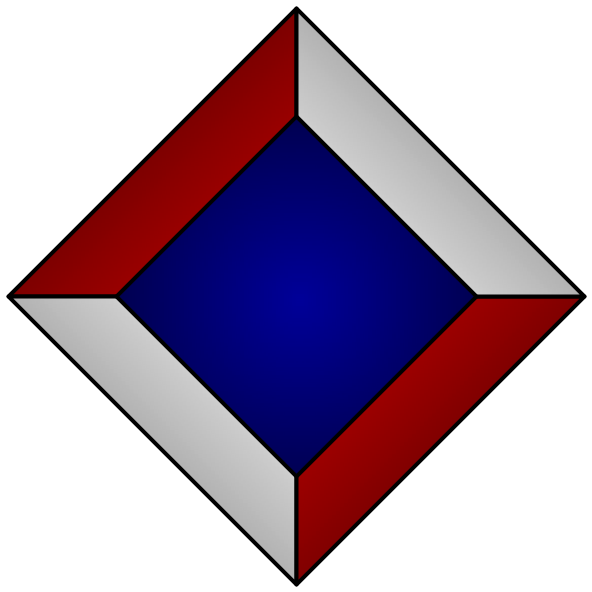¶Concatenative programming languages
Categories of instructions in a concatenative basis
Can you compile quotations in parallel?
Kleffner's talk on stack language typing
¶2022-08-10
John Purdy has a good overview of concatenative programming languages. He points out that they are built around function concatenation, rather than function application, but also points out that this definition doesn't really help explain why they're useful or interesting.
Why Concatenative Programming Matters [Purdy]
A different view that he describes is that everything in a concatenative language is a function that operates on a stack — and in particular, on a prefix of the stack. If you were to type one of these functions, you could explicitly include the “stack variable” that shows how the function's input and output relates to the prefix:
2 :: (σ) → (σ, int) + :: (σ, int, int) → (σ, int)
This is exactly like the symbol stack pre- and post-conditions in stack graphs!
Should stack graphs just be Forth programs?
And the prefix variables are just like the globs in a Swanson environment type!
¶Papers
Mihelic2021 is a good rendering of the operational semantics of a stack-based language.
Pestov2010 describes Factor, which introduces checked stack effect annotations as a means of adding types to stack-based programs.
Diggins has two unpublished papers that describe the type system of Cat, which inspired how Factor
¶Links
[Kerby2002] The theory of concatenative combinators
[Maddox2022] Foundations of Dawn: The untyped concatenative calculus
¶Videos
Jon Purdy, Stanford Seminar: Concatenative programming: From ivory to metal
